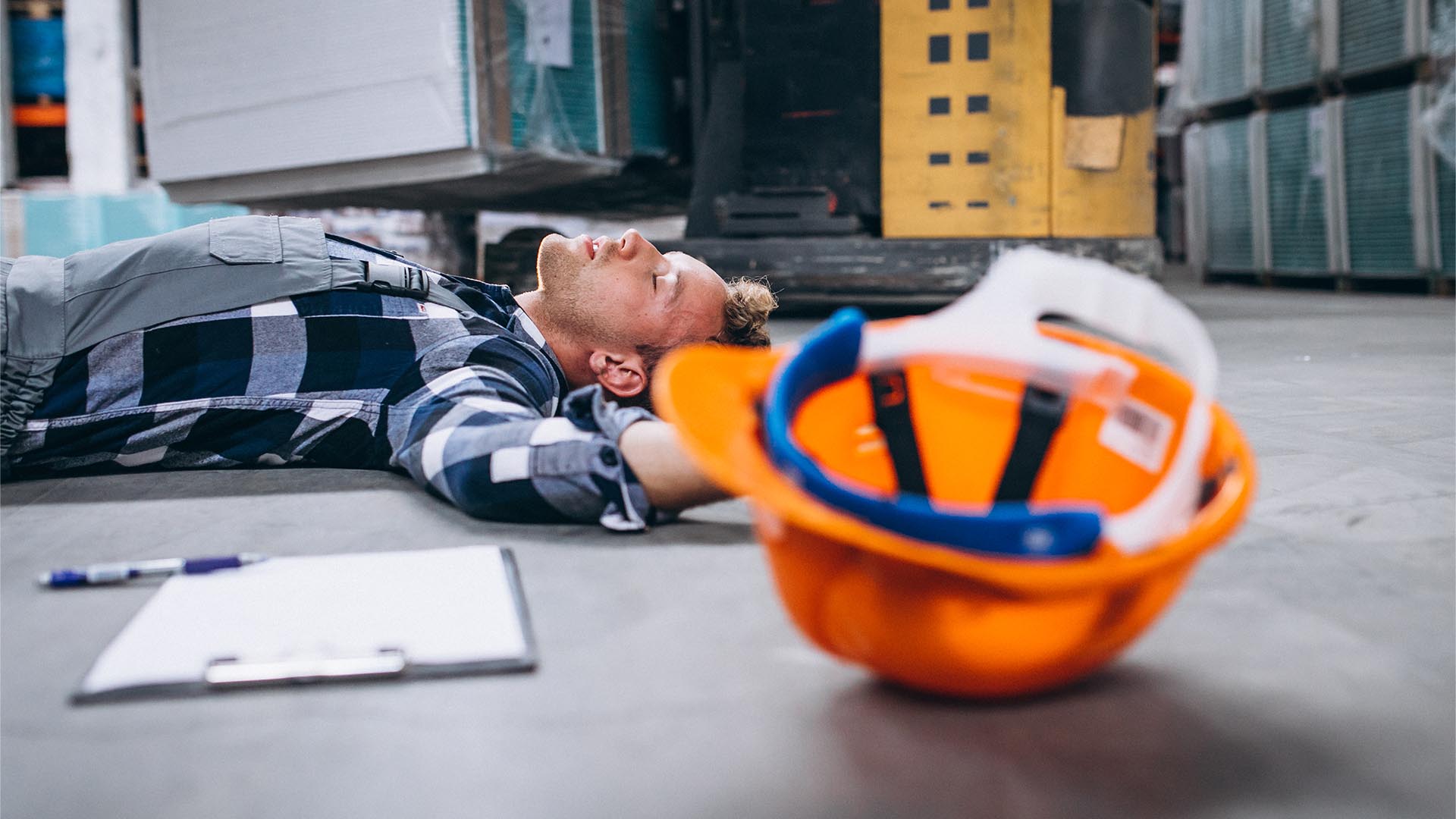Most of us are sympathetic if we see someone involved in an emergency situation. If we witnessed a car crash where people appeared to be injured, we would not hesitate to phone for help. If we saw someone fall off a ladder, we would call 911. But have you ever considered whether you’d be the type of person who might try to take some action to save a victim from some peril he was in?
Suppose you hear someone calling for help, and find that he is a trucker who is wedged between the rear of his tractor-trailer and a loading dock. He really isn’t injured, but he is trapped. He asks you to get into his truck, release the air brake, and allow the truck to roll forward a little so he can get out. When you’re in the cab of the truck, you realize that you don’t really know how to operate it. But there’s no one else around. So you do the best you can to figure it out. You get the air brake off, but then the truck rolls backward instead of forward and breaks the trucker’s leg. Later on, that leg has to be amputated. And guess what–the trucker then sues you for damages.
So despite your best intention to assist another person who was in an emergency situation, you now find yourself in a lawsuit and have to hire an attorney to represent you. Does the trucker have a good case against you to pay for his losses, or does the State of Ohio offer you protection from the unintended consequences of your good deed?
The Ohio Supreme Court recently reviewed these facts and ruled that the Ohio Good Samaritan Law protects people from legal liability for rendering aid, whether medical or otherwise, at the scene of an emergency. In Carter v. Reese, the Court found that the Good Samaritan statute, O.R.C. § 2305.23, applies to protect more than just medical professionals and first responders, but also any person who provides aid to the victims of emergency on a strictly voluntary basis.[1] And the statute goes beyond just providing first aid, but also includes other types of assistance. This aid to someone who needs help can also extend to situations where the victim is not injured at the time you provide the aid but suffers an injury as an unintended result of your actions on their behalf, as was the case with the trucker in this case.
One of the Supreme Court justices disagreed with the majority opinion, however, and raised an interesting question. He wrote that the man who was sued by the trucker should not be covered by the Good Samaritan law because although the trucker was trapped, he wasn’t injured and did not require immediate help. He then reasoned that what the trucker needed was competent help by someone who knew how to operate the truck and that the rescuer could have taken the time to find such a person. He concluded that since there was no imminent risk of harm, there was no emergency, and therefore the Good Samaritan law didn’t protect the caregiver.
Nevertheless, the decision by the majority of the Supreme Court promoted the Good Samaritan law’s purpose of encouraging the public to render aid to people in dire circumstances without fear of being sued themselves. As stated in the decision, the intent of the Good Samaritan law is to “encourage people to risk helping strangers in need of emergency assistance without fear of liability, even when they have no duty to render aid.”[2]
[1] 148 Ohio St.3d 226, 2016-Ohio-5569
[2] Id. at ¶54.



